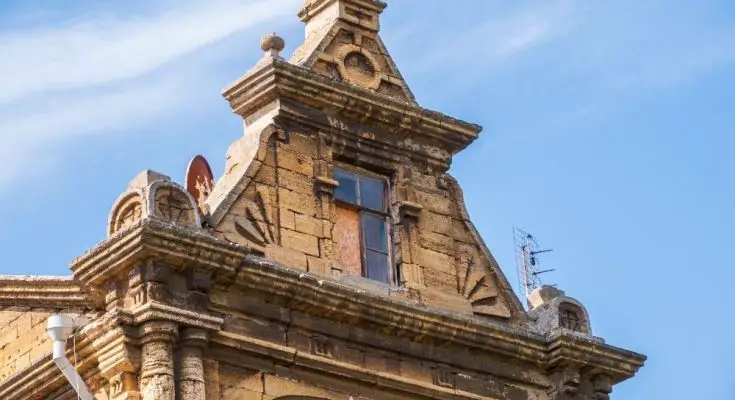Humans have been building homes for centuries. Our ancestors didn’t have access to materials like stainless steel and vinyl, and they certainly weren’t building structures as unusual as India’s Cybertecture Egg.
So, how did our ancestors build homes? When we think of archaic architecture, mud huts and animal-skin tents may come to mind. However, our ancestors’ abodes were more complex than that. Read on for a brief overview of homebuilding from the Neolithic era to the industrial revolution.
Neolithic Era
The earliest humans lived in caves and rudimentary huts. These civilizations quickly learned how to make complex structures. In the Neolithic era, also known as the New Stone Age, humans didn’t have a lot of construction materials or practical building tools. That didn’t stop them from using any available materials sufficiently to build protective structures.
Common New Stone Age homes were customarily pit-houses or water-surrounded crannogs. Our Neolithic ancestors made their homes from bone, stone, metal, bark, bamboo, and clay. Lime plaster was the glue used to hold these structures together, and it’s still used for construction in the US and other parts of the world today! While plain, these structures are impressive considering the materials, tools, and basic understanding of architecture available at the time.
Copper & Bronze Ages
The Copper and Bronze ages introduced better means of construction. Copper tools and new inventions like the saw changed the game. These made woodworking more manageable. The invention of the wheel eased the burden of transporting heavy materials to construction sites. Some notable leaps in architecture during this time are corbel arches and the post and lintel method, which quickly spread around the world.
The Middle Ages
The Middle Ages mark architectural ambition. Our ancestors built grand homes made from timber and stone. Most of these structures had thatched roofs or stone barrel vaults. Lime mortar carried into the Middle Ages and held together stone homes. Construction regulations did not exist in the Middle Ages, so not all homes were structurally sound. However, this lack of rules gave builders the freedom to experiment. From their imaginations, grand castles and divine cathedrals sprung forth!
The 19th Century
The industrial revolution paved the way for modern architecture. Balloon framing gradually replaced timber framing, steel and glass grew in use, and plumbing became mandatory for all buildings. These innovations would not be possible without the steam engine—which eased transportation of construction materials—and new tools like the circular saw and machine-cut nails.
Now that you know how our ancestors built homes, you can appreciate the grand planning it takes to create the fascinating structures we see today. Homebuilding is a fundamental human art and continues to amaze to this day.



